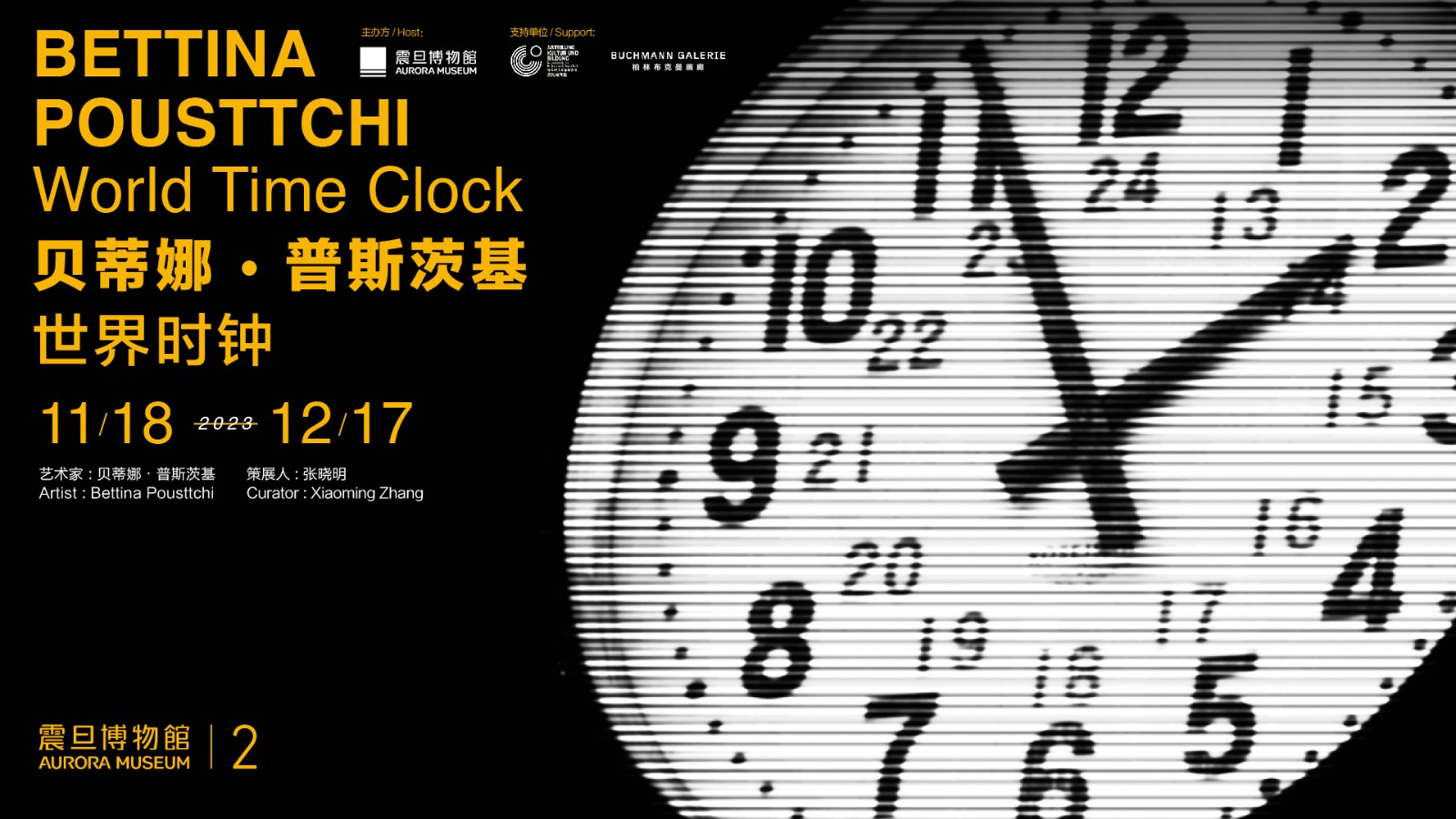UHT vs Fresh: Which milk does the body good?

By Margaret Keefe, RD
Both types of milk are excellent sources of calcium and magnesium needed for growing bones and teeth and healthy hearts. Recently, a representative of an online grocer told me that UHT milk had no nutritional value. Obviously they thought I would wholeheartedly agree. But I don’t.
From a nutritional perspective, all cow’s milk is basically the same for major nutrients; it is in the processing of milk that questions arise. To clarify, here are explanations of how milk is processed.
UHT: Ultra High Temperature. In the US the milk is heated up to 280 degrees Fahrenheit for 2 seconds. In Europe the milk is heated to 150 degrees Celsius for 5 seconds. This inactivates or kills all harmful microorganisms.
Pasteurization: Fresh milk is heated up to 70-75 degrees Celsius for 15 seconds. This process (as with UHT milk) removes all harmful bacteria such as salmonella, Brucella abortus, toxoplasmosis and a whole host of other critters that can cause intestinal distress or worse.
Microfiltration: During this process milk is passed through super sophisticated membranes that are able to remove greater than 99 percent of the harmful microorganisms. The remaining one percent is then heat treated to effectively remove the contaminants. This process, which is slowly being adopted by the food and beverage industry, appears to be able to produce a product that is safe, has a longer shelf life than fresh milk and, because very little heat is used, entails less alteration of the nutrients and flavor. Unfortunately microfiltered milk products are not yet available in Shanghai.
What happens to the nutrients in UHT and pasteurized milk?
The calcium, as well as other minerals such as magnesium and potassium in milk, are not altered by either process. Both types of milk are still excellent sources of calcium and magnesium needed for growing bones and teeth and healthy hearts.
Vitamins are a bit more fragile than minerals, especially the water-soluble vitamins such as vitamin C and the B vitamins (riboflavin, niacin and pyridoxine). These vitamins are affected by the heat treatment of both processes in equal amounts.
The percentage of the decrease varies depending on the studies, so suffice to say there is less available due to these treatments. To be sure, vitamin C and the B vitamins are widely available in the food supply, so a bit less from milk is not an issue.
What about protein?
Apparently the high temperature of the UHT process changes the shape of the milk protein, which is referred to as denatured, making it slightly less available. Protein appears unaffected during the pasteurization process because lower temperatures are used. The difference of protein availability is about eight percent. That is, UHT makes 92 percent of the protein available and pasteurization, 100 percent.
What should parents in Shanghai do when it comes to choosing milk?
I always err on the side of safety and serve my family either organic pasteurized or organic UHT milk. Avoiding nasty bacteria and the other contaminants far outweighs any minor loss of nutritional content. I still think there is great nutritional value in a glass of organic or New Zealand UHT milk and I will continue to recommend that pregnant women and children drink UHT for a safe, reliable source of calcium.
// Margaret Keefe is a registered dietician and founder of the Shanghai Nutrition Practice Group.
For more tips on eating well in Shanghai, check out the brand new edition of the Eat Well Shanghai Guidebook available at www.eatwellshanghai.com.
Get the weekly newsletter!
Sign up to get the entertainment, lifestyle and event news from Urban Family every week!Classified Posts
News























